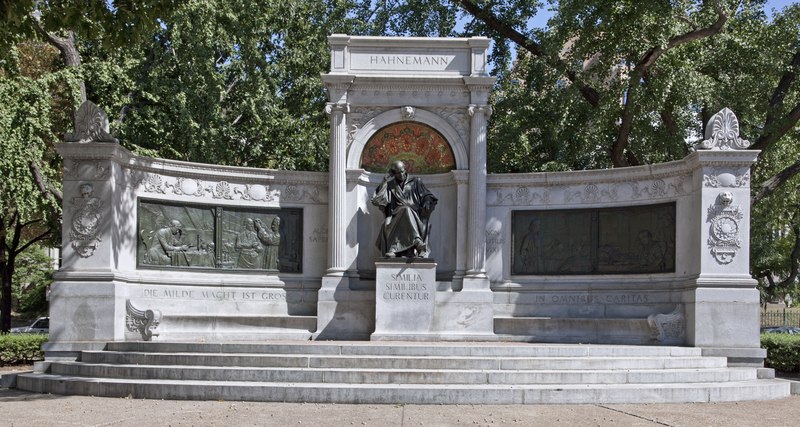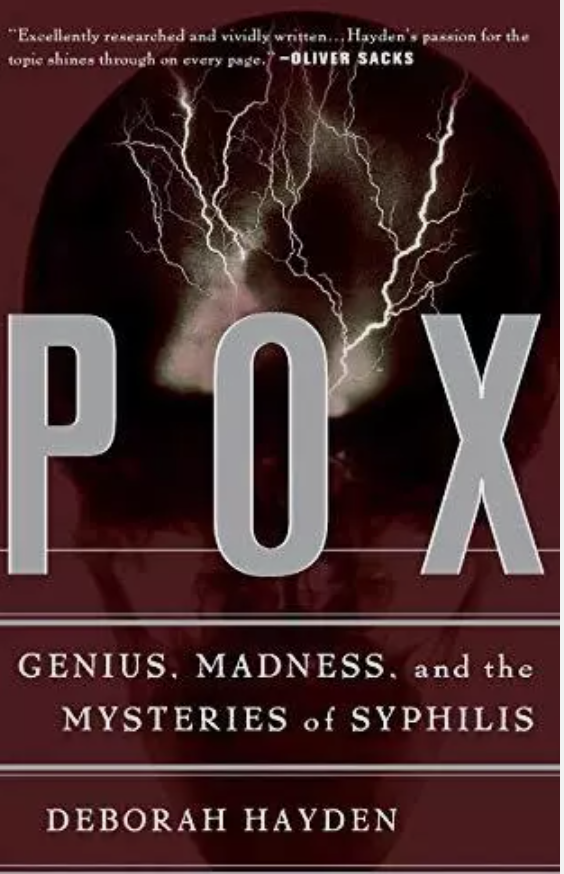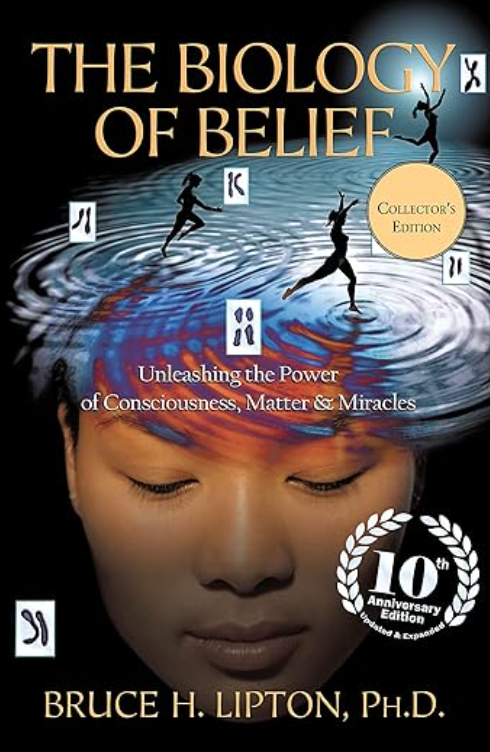This blog considers the unique concept of Miasm in Homeopathy.
I have written before about Hahnemann, a German physician, who set down the principles of Homeopathic Medicine. The grand monument to him pictured below, dates from the early twentieth century. It is located right at the centre of Washington D.C. and was the first erected in that city to someone who was not an American citizen. One might reasonably assume that he was held in high regard. What we now regard as orthodox medicine was in its infancy. It is fashionable to think that time has eclipsed his work, but is that true?

To some extent he drew together knowledge from earlier times. The central principle of homeopathy – like cures like (or Similia Similibus Curentor on the statue plinth) – was, for example, recognised in antiquity.
In his later years, he sought answers to why certain patients would get better and then relapse. Bearing in mind that even bacteriology post dates Hahnemann, never mind genetics, his hypothesis was a remarkable and he believed his greatest achievement. Rightly, so.
The similar word ‘miasma’ – that a sort of foul air was a cause of disease was a popular theory until relatively recently.

Perhaps the hypothesis was not entirely wrong as those who can remember the great smogs that afflicted the industrial cities can testify.
However, as the Punch cartoon below shows, it was not much help in understanding water-born diseases like cholera.

However, the ‘Miasms’ of Hahnemannian thinking are different and align with modern genetic theory. Otherwise put, inheritance.
Our health is an interaction of ‘toxins’ (for want of a better word) that are either inherited or acquired. For simplicity let’s say ‘genes’ and ‘germs’.
Hahnemann found that his many patients responded well to the stimulus of homeopathic medicines. And he understood the concept of contagion even though ‘germ theory’ was unknown at that time.
It was only in his later years that he hypothesised a predisposition and sought to understand the cause.
By a remarkable process of deduction Hahnemann concluded that the vast majority (say 80%) of ailments fell (simplistically put) into the ‘germ’ category. This he named Psora.
The word comes from the Hebrew word (Tsorat) for a groove or taint. You can see the word in Psoriasis, and indeed Hahnemann saw a strong connection between skin complaints and Psora.
Notable homeopaths of the early twentieth century perceived Psora as a consequence of ‘the fall’. The exile from the Garden of Eden described in the Biblical book of Genesis.
This is not so quaint. Disease, expressed as Dis-ease, might be seen as our lot. If there was no Dis-ease, we’d all be content. Back in the mythical Garden of Eden, so-to-speak.
Dr Michaela Glöckler, a paediatrician and follower of the teachings of Austrian polymath Dr Rudolph Steiner told the audience at the 2024 conference of the Society of Homeopaths, that man is ‘deficit-arian’. The term caused some head scratching in the audience for a moment!
What she was saying is that human beings are deficient (spiritually) and hence, our earthly journey is to learn and thus reduce this deficit. Thus ‘dis-ease’ is the catalyst to our spiritual growth and deficit reduction. We are both material (physical) and non-material (spiritual) beings.
In contrast animals are ‘perfect’; they act instinctively. Nor are they troubled by ambition, acquisition, self-fullfilment etc.
Generally stated, Psoric disease do not cause destructive pathology. The organism has the innate potential to overcome Psoric disease. However, medical intervention may be necessary, to bolster the deficient organism and avoid death. Covid would be a good example.
The ‘social diseases’ are polite code for Syphilis and Gonorrhoea. Moral overtones mean that these diseases are spoken of in hushed tones (even today). Yet they were (and are) rife but less devastating due to the advent of anti-biotics.
A leading, now retired South African Homeopath, Dr David Lilley has a hypothesis that these diseases actually have a purpose in the advancement of the human genome. As sex is quite popular, what better way to communicate nature’s purpose!

Conceptually these diseases bring necessary metaphoric fire to overcome the weakness and deficiency of Psora and have both a positive and negative slant as this book by Deborah Hayden shows (Pox being in this case Syphilis not Smallpox).
From Beethoven to Oscar Wilde and Van Gogh, the evidence presented shows the contrasting creative influence and madness of the Syphilitic. And in Adolph Hitler the destructive nature.
But Hahnemann’s observation did not concern the active disease states of the ‘social diseases’, rather the taint on the human genome that carries forward long after the death of the original victim; over many generations.
The characteristic keyword of the Syphilitic Miasm is ‘destruction’, and of the Gonorrhoeal, ‘overgrowth’. For the latter, Hahnemann used the word Sycosis – from the Greek word for fig (he observed warts of a fig like nature – N.B. there is no connection with similar sounding word ‘Psychosis’).
To summarise, we have deficiency in the Psoric Miasm; destruction in Syphilitic Miasm; and, overgrowth in the Sycotic Miasm.
Like it or not, all of humanity carries these; you and me.
From a modern genetic standpoint, the influence may be quiescent (even through a lifetime) or active. This is why I used the term ‘epigenetic’.
In contrast to the views of Crick, Watson, Rosalind and Wilson who discovered DNA in the 1950s it seems that the genetic code is not entirely fixed. Envisioned as switches, aspects of the genetic code can then be ‘on’ or ‘off’.

It is a while since I read this book by Bruce Lipton, but he is a leading current proponent of epigenetic theory.
One susprects that Hahnemann would agree.
Like Syphilis, active Tuberculosis was once rife. It is now treated with antibiotics, but up until the 1950s there were many Sanatoria located in rural locations to treat those with TB.
Not generally recognised however, is the resultant ‘miasmatic’ taint which probably affects 80% of the population (e.g. hay-fever sufferers are likely ‘Tubercular’).
The Tubercular miasm is generally understood Homeopathically as an interplay between the Psoric and Syphilitic miasms.
Many of the romantic poets suffered from tuberculosis, demonstrating again its positive creative energy.
Finally, we come to cancer, the disease of our age. Potentially a mix of Hahnemann’s three miasms: the deficiency of Psora, the overgrowth of Sycosis and destruction of Syphilis. However, cancer is not a contagious disease so some challenge the hypothesis of a true ‘Cancer Miasm’.
However, the contagious nature of HIV-AIDS – for example – may in time result in a new miasmatic taint that becomes yet another part of our genetic evolution.
Do remember that homeopathic medicines are ultra-dilutions and do not contain the actual bacteria but (for want of a better expression) its resonance.
So it is possible to give a homeopathic preparation of the bacteria (known as a Nosode). The remedy Tuberculinum is commonly used (because the miasm is so common) where there is a history of respiratory infections. However, it has a wide picture to include mental and emotional spheres.
Many medicines in Homeopathy are weighted towards one of the miasms. Homeopathic Sulphur is Psoric; Mercury is Syphilitic (historically material doses of Mercury were given to treat active syphilis) and so on.
Part of the consultation process is to discover the underlying miasmatic influences. Shop-aholics may be Sycotic (excess); the competitive, Syphilitic (beat the ‘enemy’); hill walkers, Tubercular (need clean air – like TB patients in Sanatoria) and so on. These are just pointers not absolutes.
Some diseases are clearly destructive and therefore Syphilitic, some cause overgrowth (e.g. warts) and are Sycotic and so forth. Giving the relevant nosode may be part of the curative process.
I hope that the above shows that there is rather more to Homeopathy that the wits who say there ‘is nothing in it’ (referring to the ultra-dilutions, of course).
Equally I do not wish to give the impression that addressing the miasm resolves all. It is just one piece in a million piece jigsaw that is the human body. Nonetheless Hahnemann’s hypothesis was remarkable and has stood the test of time.
Perhaps Homeopathy could help you? Do take advantage of booking a free discovery call via this website to find out more.